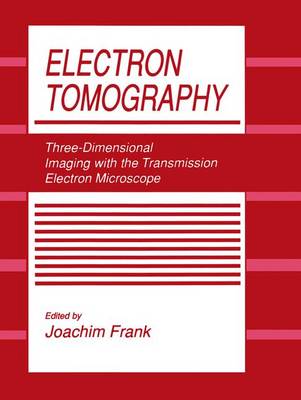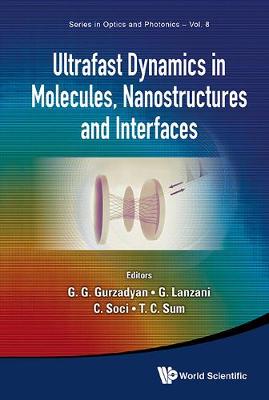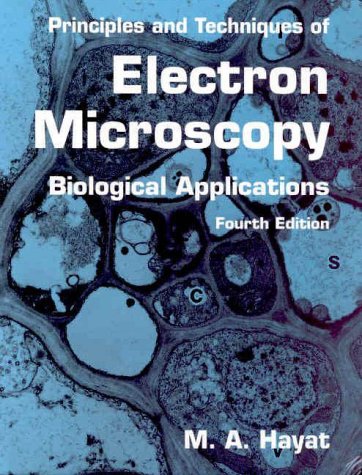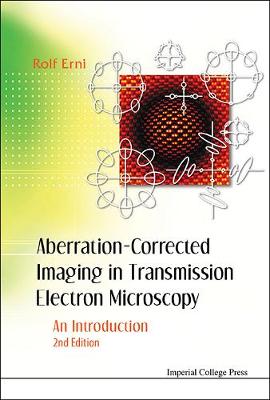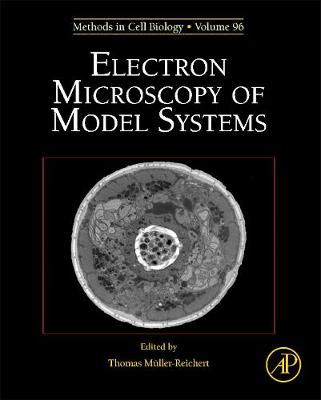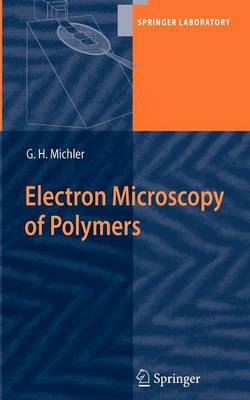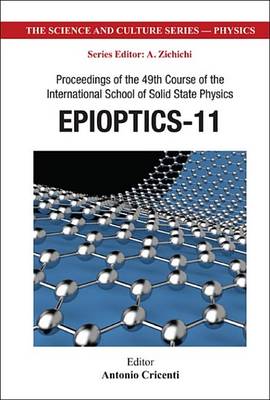Practical Methods in Electron Microscopy (Practical Methods in Electron Microscopy)
Primary events in natural systems or devices occur on extremely short time scales, and yet determine in many cases the final performance or output. For this reason research in ultrafast science is of primary importance and impact in both fundamental research as well as its applications. This book reviews the advances in the field, addressing timely and open questions such as the role of quantum coherence in biology, the role of excess energy in electron injection at photovoltaic interfaces or th...
Principles and Techniques of Electron Microscopy has established itself as a standard book for biological electron microscopists wishing to learn how to prepare their specimens for electron microscopic investigation. This fully revised and expanded 4th edition includes three new chapters covering such topics as immunocytochemistry and applications of microwave irradiation to microscopy. This revised and expanded 4th edition of Principles and Techniques of Electron Microscopy provides practical i...
The study of plant cell expansion involves many different disciplines and technical approaches, and this book brings this diversity together to present a multifaceted view of the most up-to-date knowledge. Coverage includes data ranging from biophysical measurements and chemical analysis to molecular biological approaches and microscopy.
Aberration-corrected Imaging In Transmission Electron Microscopy: An Introduction (2nd Edition)
by Rolf Erni
Aberration-Corrected Imaging in Transmission Electron Microscopy provides an introduction to aberration-corrected atomic-resolution electron microscopy imaging in materials and physical sciences. It covers both the broad beam transmission mode (TEM; transmission electron microscopy) and the scanning transmission mode (STEM; scanning transmission electron microscopy). The book is structured in three parts. The first part introduces the basics of conventional atomic-resolution electron microscopy...
In this unique illustrated book, PhD students, postdoctoral researchers, senior visiting scholars, and staff describe their personal experiences in working with the late Prof. Ahmed H. Zewail at Caltech. Their reminiscences provide snapshots of their rich interactions, reflecting the great scientific achievements, as well as the human and humorous sides of Ahmed H. Zewail.The contributors tell us their stories covering a period of forty years, beginning from the time of Zewail's arrival at Calte...
The Electron Microscope, Its Development, Present Performance and Future Possibilities
by Dennis 1900- Gabor
Beginnings of Electron Microscopy (Advances in Electronics and Electron Physics, #16)
Replica, Shadowing and Freeze-Etching Techniques (Practical Methods in Electron Microscopy)
Electron Microscopy of Model Systems (Methods in Cell Biology)
The volume covers the preparation and analysis of model systems for biological electron microscopy. The volume has chapters about prokaryotic as well as eukaryotic systems that are used as so-called model organisms in modern cell biology. These systems include the most popular systems, such as budding and fission yeast, the roundworm C. elegans, the fly Drosophila, zebrafish, mouse, and Arabidopsis, but also organisms that are less frequently used in cell biology, such as Chlamydomonas, Dictyost...
Advances in Imaging and Electron Physics merges two long-running serials--Advances in Electronics and Electron Physics and Advances in Optical and Electron Microscopy. This series features extended articles on the physics of electron devices (especially semiconductor devices), particle optics at high and low energies, microlithography, image science and digital image processing, electromagnetic wave propagation, electron microscopy, and the computing methods used in all these domains.
The study of polymers by electron microscopy (EM) needs special techniques, precautions and preparation methods, including ultramicrotomy. General characteristics of the different techniques of EM, including scanning force microscopy, are given in this hands-on book. The application of these techniques to the study of morphology and properties, particularly micromechanical properties, is described in detail. Examples from all classes of polymers are presented.
Advances in Optical and Electron Microscopy (Advances in Optical and Electron Microscopy)
Volumes in this series cover progress and innovation in optical and electron microscopy at a fundamental level aimed at microscopists, and researchers interested in microscope instrumentation and applications rangingfrom biological techniques to materials research and industrial inspection.
Electron Microscopy and Holography II. Advances in Imaging and Electron Physics, Volume 122.
The book is aimed at assessing the capabilities of state-of-the-art optical techniques in elucidating the fundamental electronic and structural properties of semiconductor and metal surfaces, interfaces, thin layers, and layer structures, and assessing the usefulness of these techniques for optimization of high quality multilayer samples through feedback control during materials growth and processing. Particular emphasis is dedicated to the theory of nonlinear optics and to dynamical processes t...
Electron Microscopy in Biology (Wiley-Interscience Publication)
by Jack D. Griffith
Transmission Electron Microscopy (Springer Series in Optical Sciences, #36) (Series in Optical Sciences, v. 36)
by Ludwig Reimer
The aim of this book is to present the theory of image and contrast formation and the analytical modes in transmission electron microscopy. The principles of particle and wave optics of electrons are described. Electron-specimen interactions are discussed for evaluating the theory of scattering and phase contrast. Also discussed are the kinematical and dynamical theories of electron diffraction and their applications for crystal structure determination and imaging of lattice defects. X-ray micro...
Holographic Microscopy of Phase Microscopic Objects: Theory and Practice
by Tatyana Tishko, Tishko Dmitry, and Titar Vladimir
